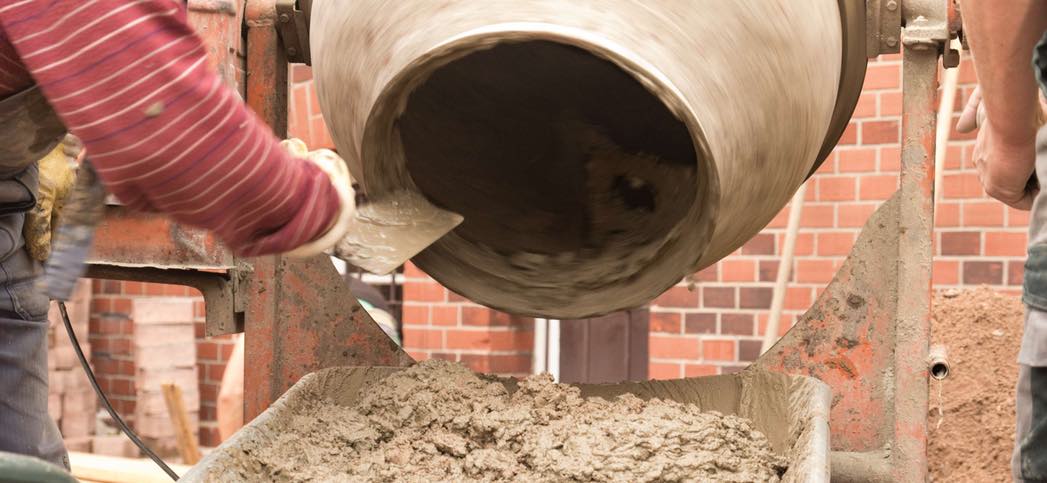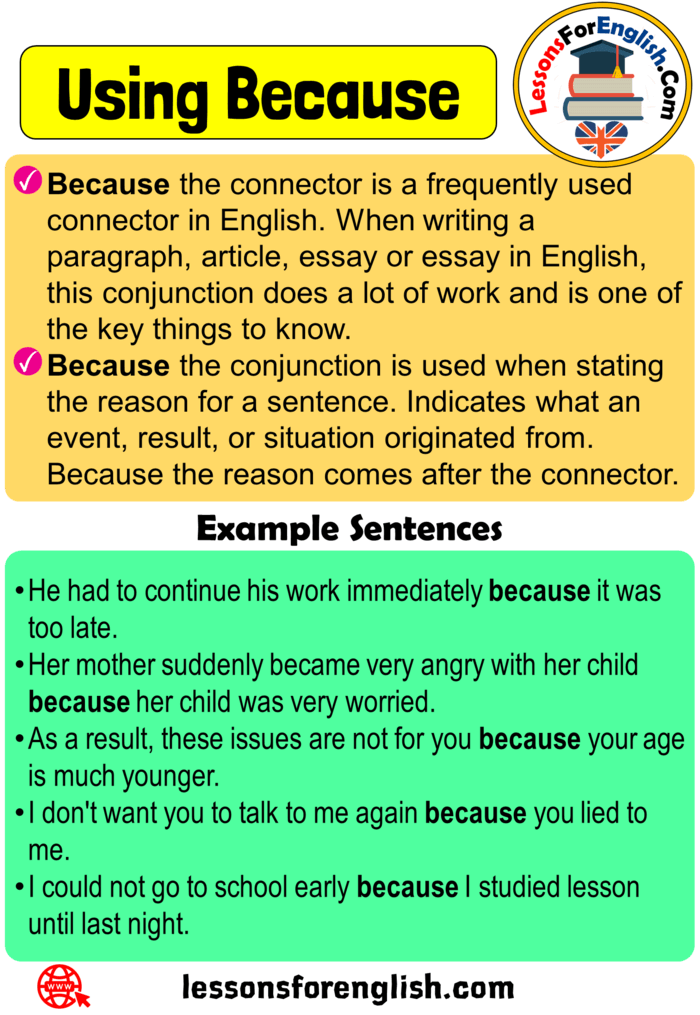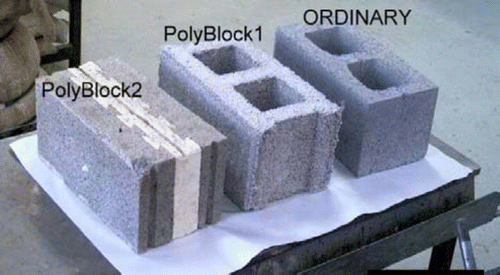
Concrete made with recycled concrete aggregate can be used as an alternative to using natural aggregate. It has many environmental and economic benefits. It helps reduce the consumption of new raw materials as well as eliminates the need of disposing of non-biodegradable material at landfills. Recycled concrete is beneficial to builders as it provides equal durability, strength, and cost effectiveness to virgin concrete.
Recycling concrete is also a good choice for the environment, since it can help reduce the amount needed to transport coal, gravel and oil. A permanent recycling facility can also be used for recycling, as well as a site that is being demolished. The process can also incorporate eco-friendly practices, such as utilizing organic waste as a fuel. It will also preserve landfill space.
You can reuse recycled concrete for sidewalks, foundations, and driveways. It can also be mixed with flyash to improve strength and durability. A variety of sizes are available, making it ideal for a variety of applications. When compared to all-new material, it is much more cost effective and offers higher economies of scale.

To maintain the National Highway System (US Department of Transportation, DOT) the DOT uses recycled concrete. It is used for the stabilization and construction of walkways and roads as well as in industrial buildings. It has been recognized by the LEED(r) Green Building Rating System. Its use helps reduce pollution by preventing storm drainage runoff.
Numerous agencies have created guidelines for the use of recycled concrete in new concrete sidewalks. Most recycled concrete is used for roads. 35% is the ideal percentage of recycled concrete. A higher percentage of recycled material will reduce the strength of the structure.
Many studies have shown a positive environmental impact from recycled concrete. The optimum amount of recycled concrete is based on the specific gravity of the concrete. The specific gravity of cured casts determines its compressive, modulus of elasticity, and compression-resistance properties. A lower specific gravity of the final cast will lead to less drying shrinkage, creep and other effects.
Recycled concrete also costs less than new concrete. It is usually lighter than natural stone and costs around 15% less. It can be reused for many purposes, including as groundcover, railroad ballast, and small-scale roadways.

Recycled concrete is a sustainable, economical solution to the wasteful cycle of construction. It also can create new jobs and help boost a local economy. It is suitable for a variety of residential and commercial applications.
There are many benefits to recycled concrete, such as a reduced environmental impact, lower material costs, and greater quantities of recycled aggregate. There are many types and varieties of recycled concrete. However, the most widely used is dense-graded basis course. This type of concrete is commonly used for construction purposes, such as asphalt paving and base construction.
Concrete scrap that was previously transported to a landfill is called recycled concrete. The concrete rubble is then ground up and reused. The resultant recycled aggregate can be used for foundations, sub-bases, erosion control, and other construction applications.
FAQ
How much does it cost to renovate a house?
Renovations are usually between $5,000 and $50,000. Renovations can cost homeowners anywhere from $10,000 to $20,000
What should I do first when renovating my house?
You must first clear out the clutter outside and inside your home. Next, clean out any moldy areas. Final steps include cleaning up exterior surfaces and applying new paint.
Do you prefer to do walls or floors first?
It's important to know what you want to accomplish before you start any project. It is crucial to plan how you'll use the space, what people will use it for, and why. This will help to decide whether flooring or wall coverings is best for you.
You can choose to put flooring in the first place if you decide to open up your kitchen/living space. Wall coverings can be used if the intention is to keep this area private.
Statistics
- Design-builders may ask for a down payment of up to 25% or 33% of the job cost, says the NARI. (kiplinger.com)
- It is advisable, however, to have a contingency of 10–20 per cent to allow for the unexpected expenses that can arise when renovating older homes. (realhomes.com)
- A final payment of, say, 5% to 10% will be due when the space is livable and usable (your contract probably will say "substantial completion"). (kiplinger.com)
- They'll usually lend up to 90% of your home's "as-completed" value, but no more than $424,100 in most locales or $636,150 in high-cost areas. (kiplinger.com)
- On jumbo loans of more than $636,150, you'll be able to borrow up to 80% of the home's completed value. (kiplinger.com)
External Links
How To
How to renovate an older house
Before you start, it is essential that you decide which type of renovation project to undertake. This could be anything from updating your kitchen appliances to completely renovating the house.
Once you've decided what sort of renovation you want to carry out, then you need to think about how much money you have available to spend. It is possible that you don’t have the funds necessary to pay for the entire cost of the project. If this is true, you will need to make hard decisions about which areas you can afford to fix and which ones you won't.
Before you make the decision to carry out renovations, there are some things that you should do. You must ensure you have all the permits needed for the job. You might also need to check whether you need planning permission for certain types or work. You might have to apply for building permission if you want to add an extension to your home.
It is a good idea to verify with the local council before you begin work on your house. Check whether you need planning permission to renovate any of the parts of your house. You might also need to check with your insurance provider if you are undertaking major work such as installing a roof.
The next step after obtaining all necessary permits is to pick the right materials and tools for the job. There are many choices available so make sure to do your research thoroughly. Some of the most common items that people use during their renovation projects include paint, wallpaper paste, flooring, tiles, carpets, insulation, fencing, doors, windows, lighting, plumbing, heating systems, electrical wiring, plasterboard, timber, concrete, bricks, tiling, mirrors, sinks, taps, toilets, washing machines, ovens, refrigerators, microwaves, dishwashers, vacuum cleaners, carpet cleaning equipment, air conditioning units, fireplaces, chimneys, and even garden furniture!
You should consider the product's overall quality when shopping for these items. Good quality products will last longer and be more cost-effective. When purchasing any product, make sure you purchase the correct amount. Don't buy too many because you could end up wasting precious resources and having to discard large quantities of material. Try to only buy what you actually need.
Finally, once you've chosen the right materials for the job, you need to figure out where you'll store them while you're working on the property. Renting storage space might be necessary if you plan on renovating a large part of your home. This will allow you to store all your supplies until you have them ready to go. Alternatively, you could ask family members or friends to help you move all the items around.